Welcome to our Shark AV2501AE AI Robot Vacuum review. This is one of very few robot vacuums on the market that features self-emptying with a bagless design. Most other self-empty docking stations on the market use bags and require you to buy replacement bags.
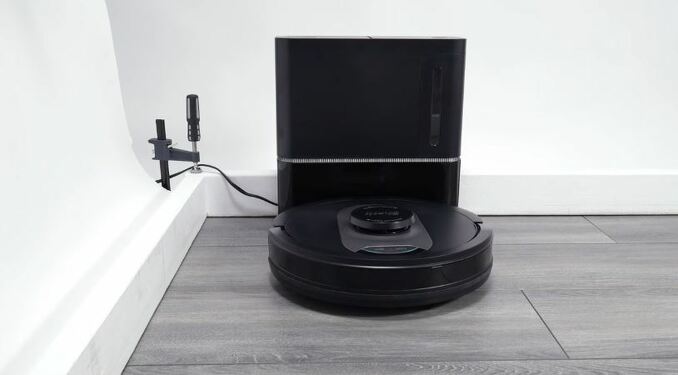
Overview
You don’t have this added cost with the Shark AI. Compared to earlier Shark robots that were limited to camera-based navigation, the Shark AV2501AE AI is also now equipped with a laser, which at least theoretically allows for more precise and efficient navigation. It’s also usually one of the cheapest robot vacuums on the market that self-empties and uses lidar navigation.

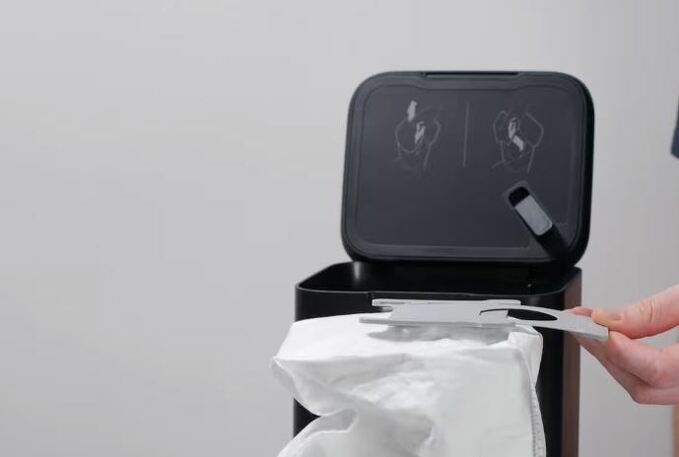
Last year we tested the Shark IQ, which also had promising features at a low price but didn’t actually perform well in our tests. How would the Shark AI perform in our tests? Let’s find out.
CFM and kPa
The Shark AI’s airflow was measured at 19 CFM; its suction was measured at 0.8 kPa.
Shark AV2501AE AI tests
Carpet cleaning

In our carpet stress test, the Shark AI picked up all debris types reasonably well. This robot has a slightly below-average size direct cleaning path as its brushroll compartment is below average in width, measuring only 5.75 inches across.
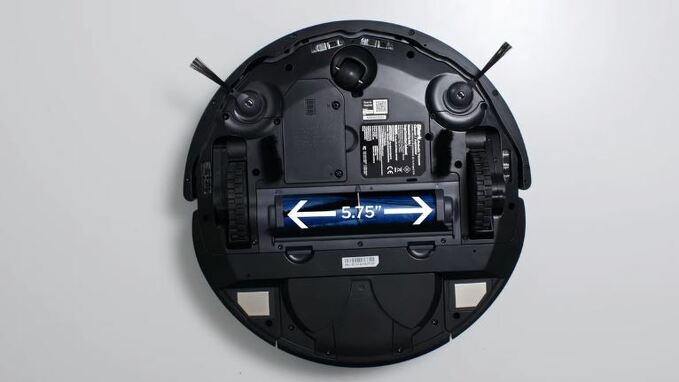
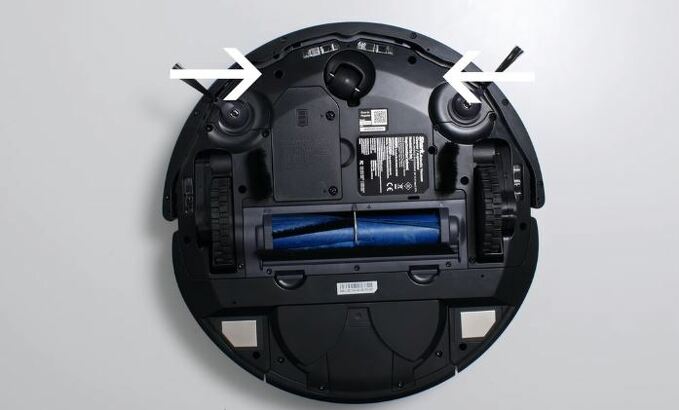
It does have two side brushes, which should theoretically help widen its overall cleaning path, as these side brushes should be able to pull debris from the perimeter of the robot towards its direct cleaning path. However, these particular side brushes are not very effective in doing so, which means that the robot really relies on that direct clean path, using only its brush roll to pick up most debris.
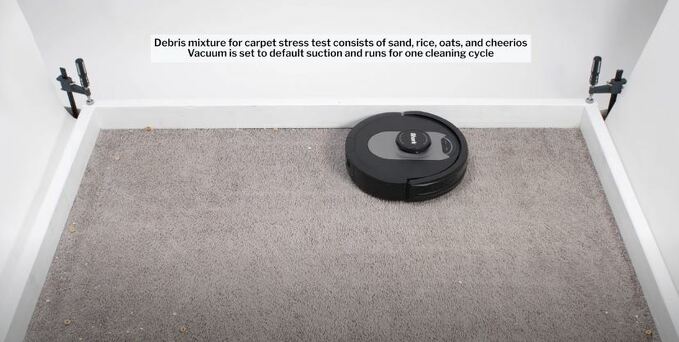
This is especially evident if you look at the edges of the test station, where only the side brushes can reach. Even after repeated movements, the Shark AV2501AE AI Robot Vacuum still left behind several pieces of debris along these edges in our carpet stress test.
Carpet deep cleaning
In our carpet deep clean test on default power, the Shark AI picked up 7 grams of debris after three passes over an area of carpet embedded with 30 grams of fine debris. On maximum power, it got the exact same result: 7 grams of pickup after three passes.
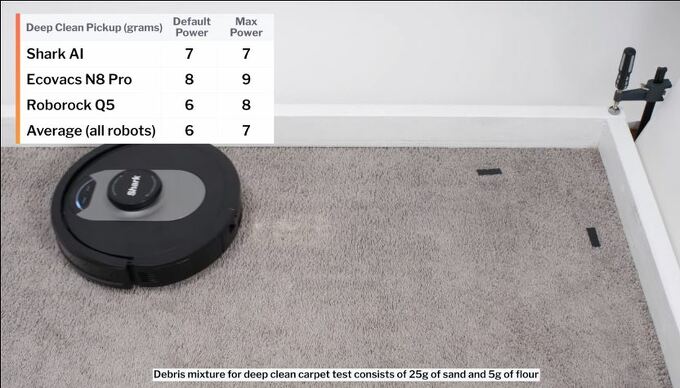
Hard floor cleaning
This Shark robot struggled in our hard floor stress test; it failed to pick up much of the set quantity of debris used for this test on its first cleaning cycle. It did pick up some of this leftover debris during its second cleaning cycle.
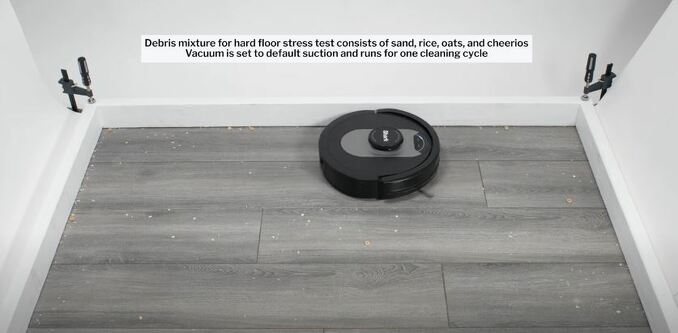
Edge Performance
But even after the second run, it still failed to pick up much of the debris lying along certain edges of the test station. If we go back to the start of the first cleaning cycle, we can see how the robot doesn’t properly pick up edge debris during this movement close and parallel to the edge, as it should. Instead, it picks up most debris along this particular edge as it turns to rotate away from it. During the second cleaning cycle, this left edge is never cleaned properly.

The Shark AV2501AE AI Robot Vacuum doesn’t clean edges properly, partly because it doesn’t path close enough to them, but mostly because of its poor side brush design. As you can see here, its side brushes have only one bundle of fibers extending from the center of the brush.
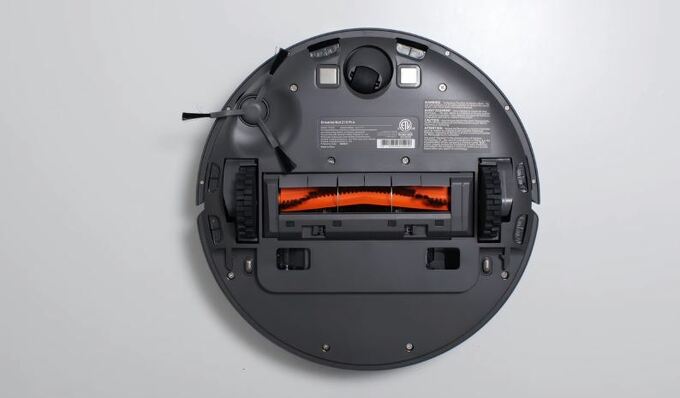
This limits the frequency with which the side brush is able to make contact with an edge and pull debris away from it. The side brushes of most other robot vacuums on the market have three bundles or strands of fibers extending from the center of the brush. This type of side brush is able to pull debris away from an edge with much greater frequency and therefore much more effectively.
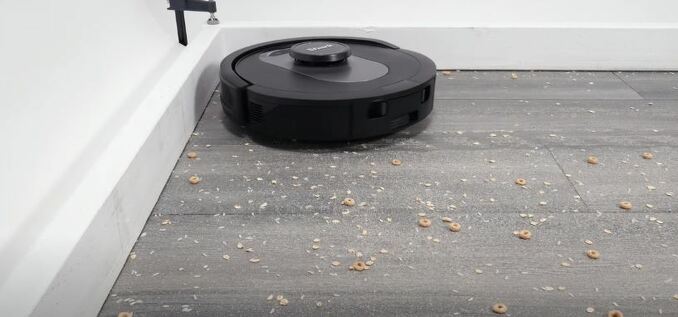
Crevice test
The Shark AI performed much better in our Robot vacuum crevice test; it performed well both on default power and on maximum power. These aren’t perfect results, but they are better results than those of most other robot vacuums we’ve tested.
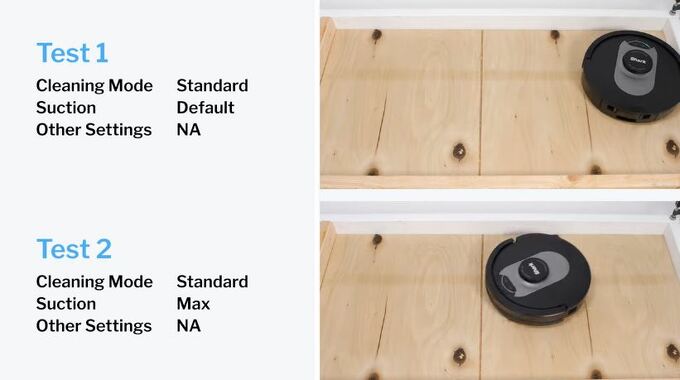
Human long hair test
In our human hair pickup test, the Shark AI picked up all the hair, but most of that hair wasn’t pulled into its dustbin. Eighty to 90 percent of the hair it picked up tangled around its brush roll and had to be cleaned off manually. This is a fairly average result for this test.
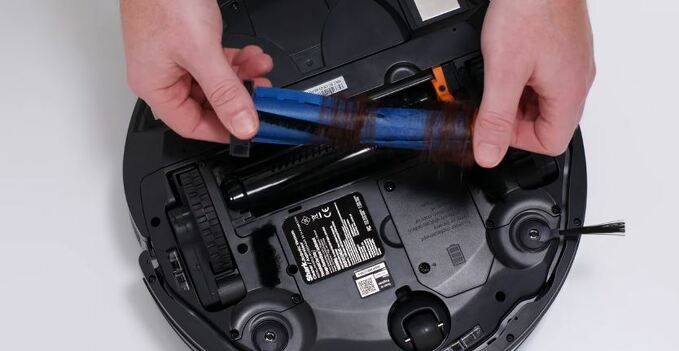
Pet short hair test
The Shark AV2501AE AI Robot Vacuum was a below-average performer in our pet hair pickup test; it pushed several tufts of hair into the edges of the test station without properly picking them up. We also found several tufts stuck underneath the robot when we picked it up after the test.
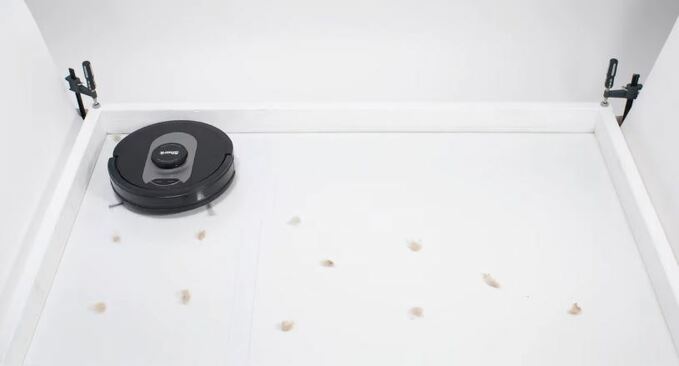
Navigation & coverage
We tested the robot’s cleaning efficiency and coverage in two different environments: an empty room and a cluttered room. In our empty room testing, we first see how the Shark uses lidar to navigate in a precise row-viral pattern across the room.
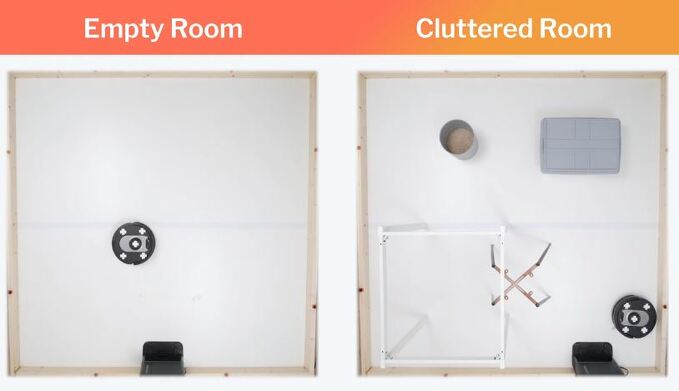
It doesn’t clean as efficiently as possible; notice how it starts navigating towards the left and then doubles back towards the right before coming all the way back over to the left. But it does clean neatly in rows and gets good and proper coverage across the whole room. In our clutter room testing, we can see how well the robot can navigate around larger obstacles. In this first trial, it gives a substantial bump to the chair near the start of the run.
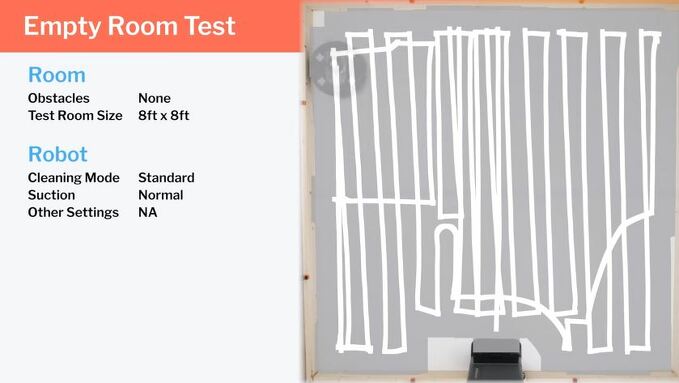
Throughout the run, it also consistently moves in a vertical up-down pattern, even when it’s highly inefficient to do so. Notice how it attempts to maintain this vertical pattern even above the rectangular container in the top right corner when it could easily path horizontally through this area. It ends the run dragging the chair before going back to its charging dock. In the second trial, the Shark AI does much better padding around the chair but still maintains the same inefficient cleaning pattern we saw in the first trial around the other obstacles in the room.
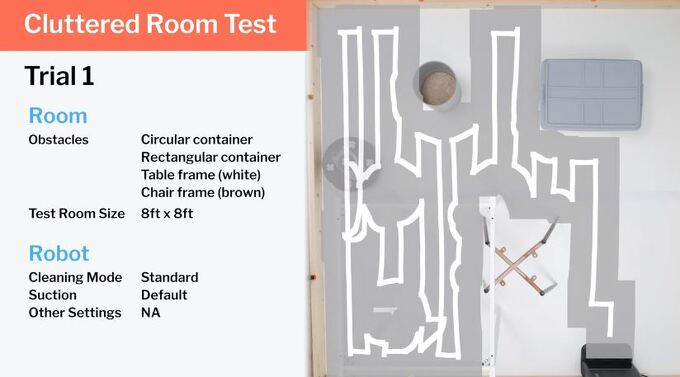
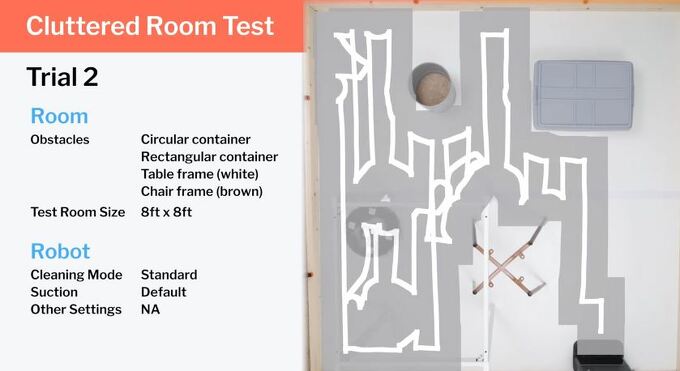
Other important specifications
Other important specifications and test results we considered for this review are summarized here. Note especially that this is a full-fledged mapping robot, and using the Shark Companion app, you can label different parts of the generated map, set the robot to clean specific parts of the map, or set it to stay out of certain parts of the map.
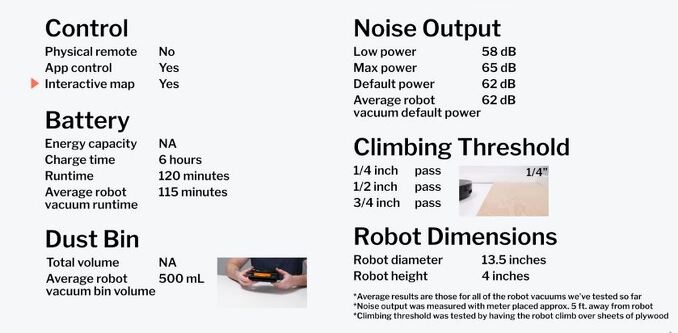
In the same chart, also note the Shark AI’s runtime and noise output and how those specifications and test results compare to the average for all of the robot vacuums we’ve tested so far. Lastly, note the robot’s diameter and height. These dimensions make this Shark one of the larger robot vacuums we’ve tested.
Pros and cons of Shark AV2501AE AI robot vacuum
Moving on to what we like and dislike about Shark AV2501AE AI robot vacuum.
What we like. The Shark AI has really good airflow and suction according to our testing. It deep cleans carpet well on default power for a robot vacuum. It comes with a self-empty docking station, and the station features a bagless design.
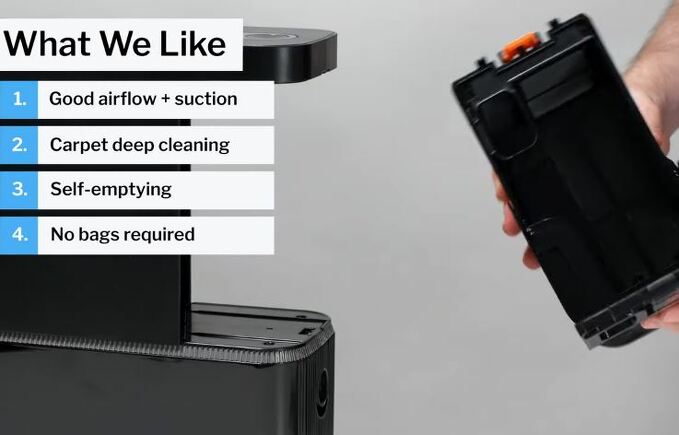
And what we dislike about this vacuum, it struggled picking up the large quantity of debris we use for our hard floor stress test. It also struggled picking up edge debris, mostly because of its poor side brush design. The robot tangled very easily with longer hair and struggled to pick up tufts of shorter hair as well. In our clutter room testing, the Shark AV2501AE Robot Vacuum didn’t path very efficiently around most of the obstacles in the room. It also bumped into the chair used for this test with substantial force several times.

Reference: Shark AV752 Ion: A Good Start
Our recommendations
In terms of general recommendations, this robot is generally not recommended. It can be an attractive option if you only consider its most prominent features and its price. It offers self-emptying with a bagless design and lidar navigation, and it’s often priced as one of the cheapest self-emptying lidar robot vacuums on the market. The problem is that while it self-empties well enough, and we really like its bagless design, its navigation lags quite a bit behind that of its lidar competition. It just doesn’t path as precisely or efficiently.

It’s just not as good of a robot as top-rated lidar robots we recommend. The Shark AV2501AE AI Robot Vacuum is also not as good of a vacuum. Top-rated lidar robot vacuums do not struggle with pet hair or edge debris like the Shark. See link to the latest updated list of all of those robot vacuums we do recommend:
Amazon: Shark AV2501AE AI Robot Vacuum